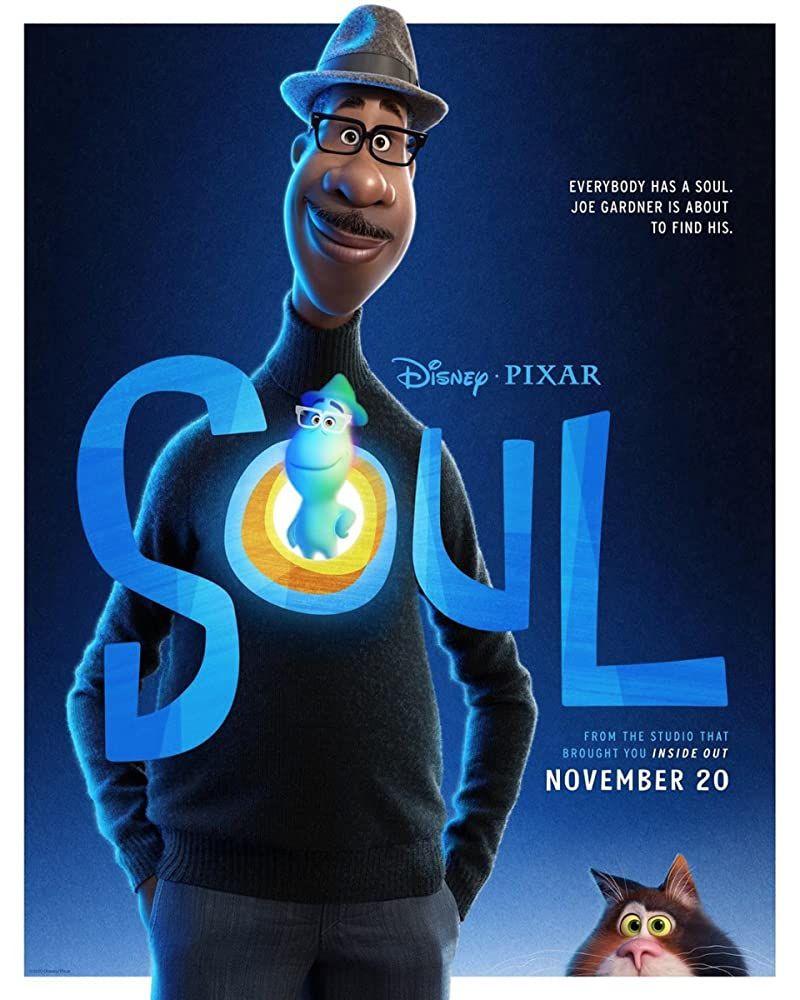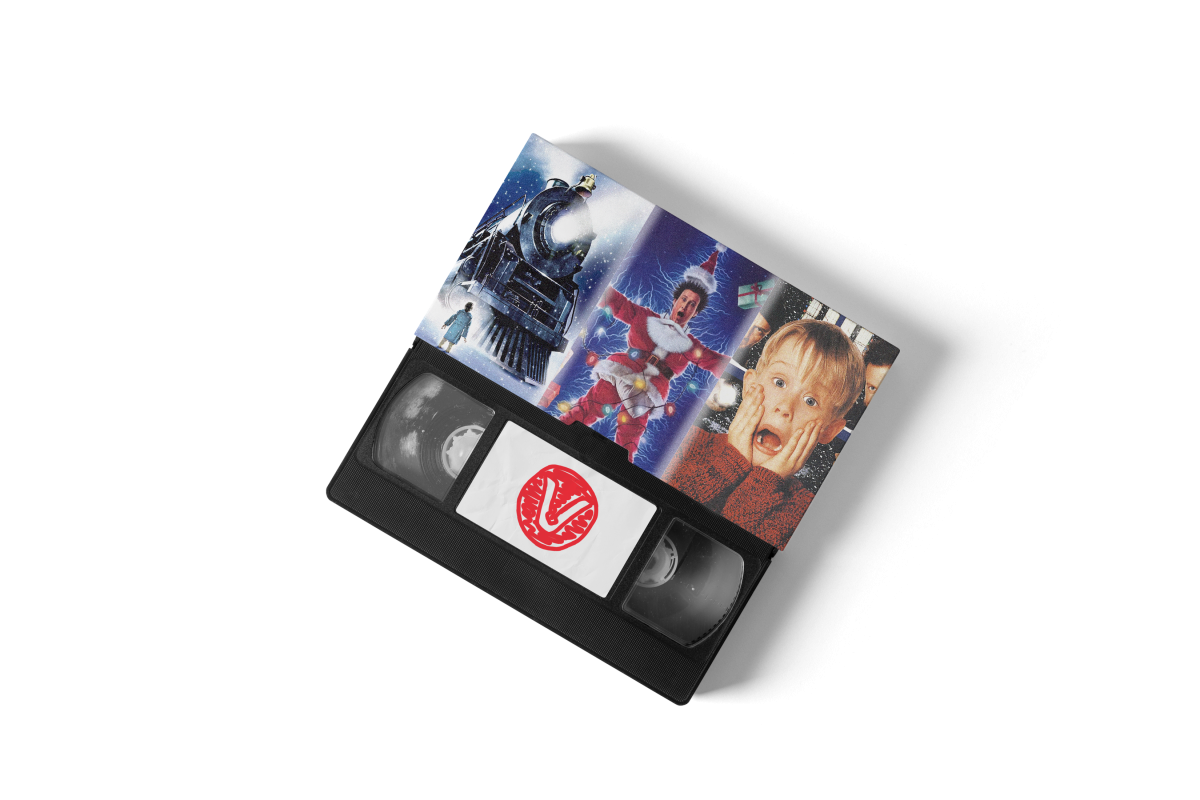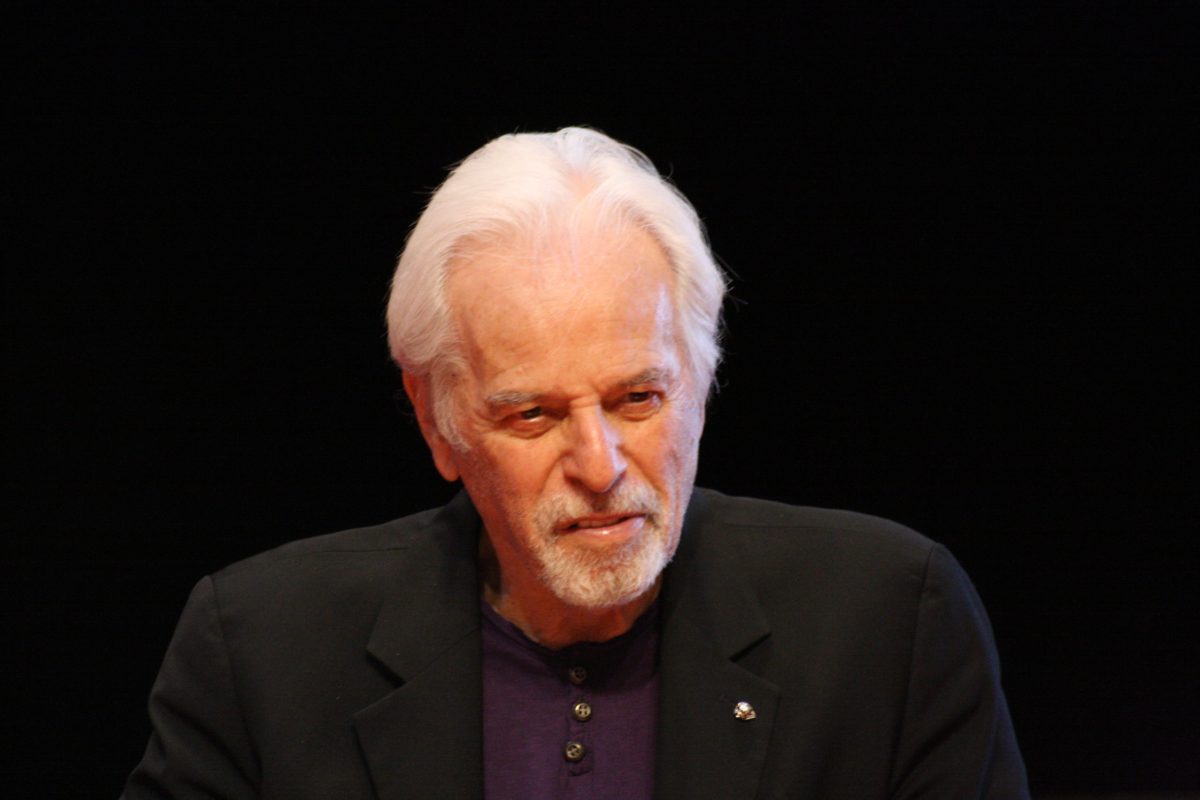Throughout film, bringing the imagination to the screen is every writer’s or director’s dream, but what about the nightmares? These are the dark spaces in the mind that wake each of us up from a long slumber and a limited dream ticket. The horror genre is a passion of many moviegoers and allows us to escape the realities of life and move to a more supernatural or gloomy environment filled with creatures of the night or events that you would never want to intersect with your own path. Sometimes though, these events turn out to be your greatest fear brought to the screen which either draws you in or forces you to run out screaming all the way home to a panic room filled with safety blankets.
In this genre, there are two categories: hit or miss. During a trailer for the feature horror film, it’s always relevant what type of scare you’re going for, but it’s always a little too cautious to be prepared with an extra tub of comfort food.
The films that reside in the “Hit” department are films that warp the reality around you or a completely new setting into a darker scene. They take place in an environment of their time whether of the future, present, or past, dealing with issues of the future, present, or past. They can be labeled as “Slasher” films like Nightmare on Elm Street (1984) or Halloween (1978) which contain a well thought out weapon wielding psycho, “Suspense-Horror” films like The Exorcist (1973) or Alien (1979) which brings you to the edge of your seat wondering when and how the plot will thicken, or “Classics” like Frankenstein (1931) or Dracula (1931; coincidence?) which contains the classic literary monsters moving out into the night and claiming their victims. As “Hit” films, these gems of the screen earn respect due to how their plot moves, how the scream count rises, how the characters are portrayed, and how realistic or unrealistic the film turns out. These films are re-watched throughout time and are consistently compared to any upcoming feature with even a hint of relation or are constantly given sequels in hopes to create the same magic as the original.
What most horror movie directors hope for is staying away from the dreaded (irony) “Miss” department which can either blacklist you or get you signed in for multiple sequels just for laughs rather than scares. The “Miss” department holds films that either aren’t scary, lack an original plot (based on the “Hits”), provides only jump scares (which pisses off those with heart conditions), are too screwed up (which pisses off those with weak stomachs), or is considered “unwatchable (which means the movie burns in the ashes it made or tries to theme itself off of). Labeling which films are considered “Misses” is a shame to do since that would blacklist it from you, the reader’s vocabulary, so it would seem best to describe the idea of a “Miss”. A “Miss” film is described best in the second sentence of this paragraph, or as a sequel to a “Hit” or “Miss”, or a predictable adventure, or as a new idea that didn’t catch the audience (Cult Classic of the future?).
Overall with horror, there are plenty of types of scares at which can be obtained from this genre. The horror in films is updated yearly due to technological advances, new plots, or revisions of old plots. This category of film in the social world of today is used for mainly the dating scene, family movie night (irony), or other experiences which leave you with bad sleeping habits. These types of experiences though can take away the horror of the film, which in turn transforms the genre at which you sit through. The process of the scare is what should be worshiped in horror, because you never know when things are going to go dark, and with that, a “Hit” is made. Enjoy the day.






























